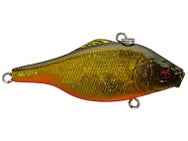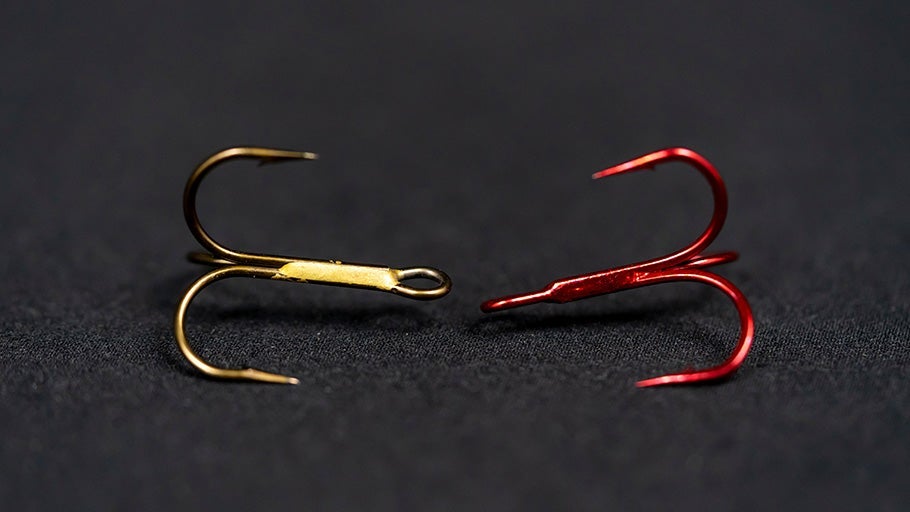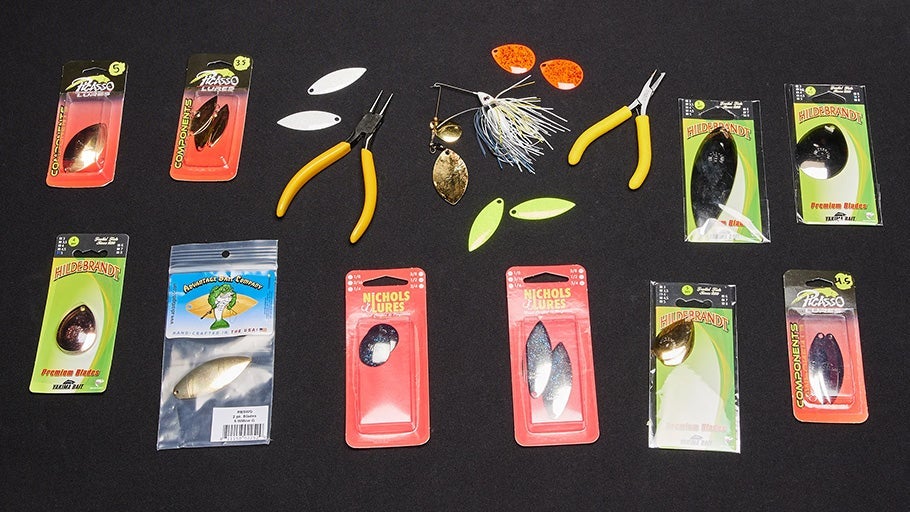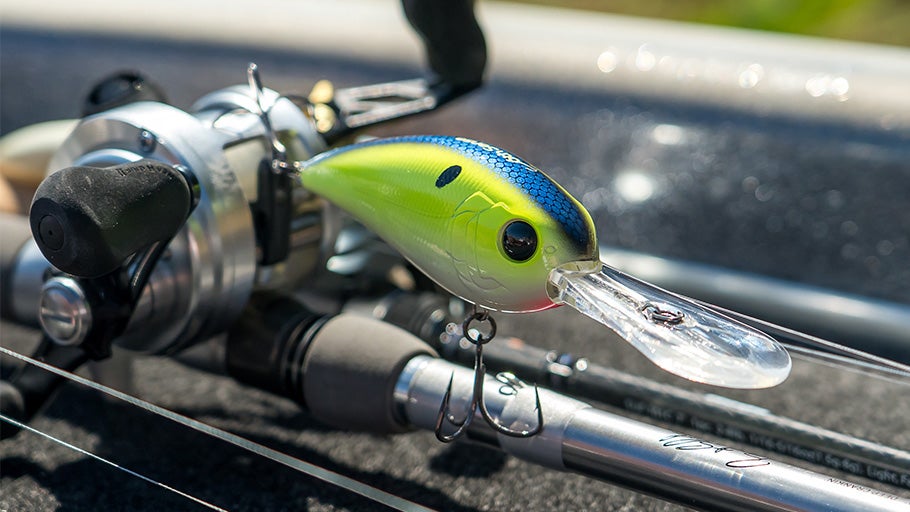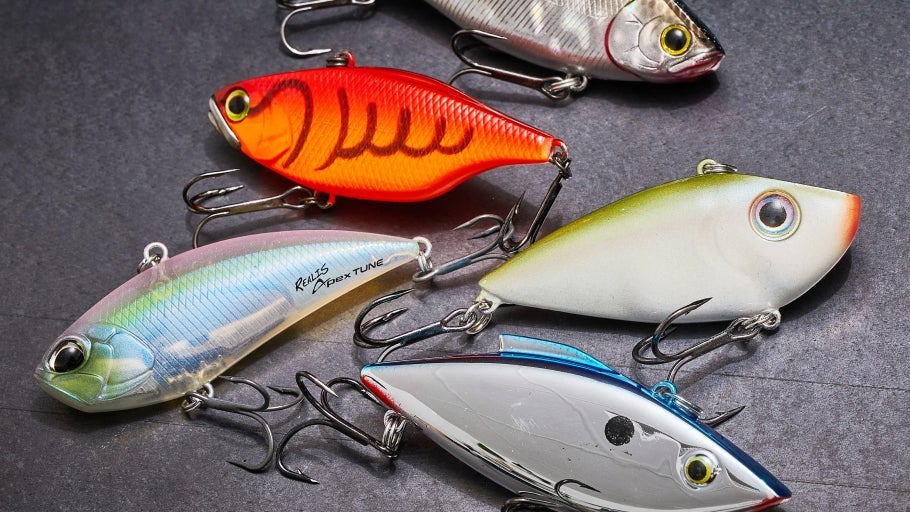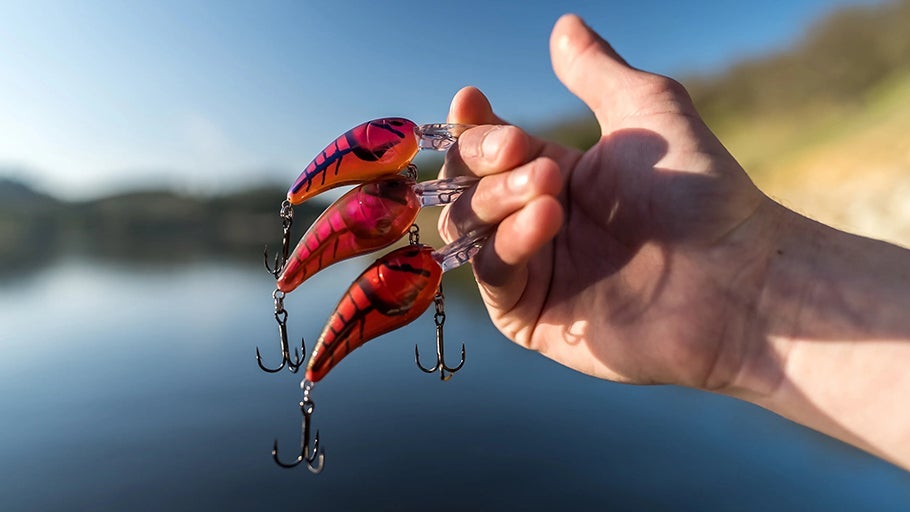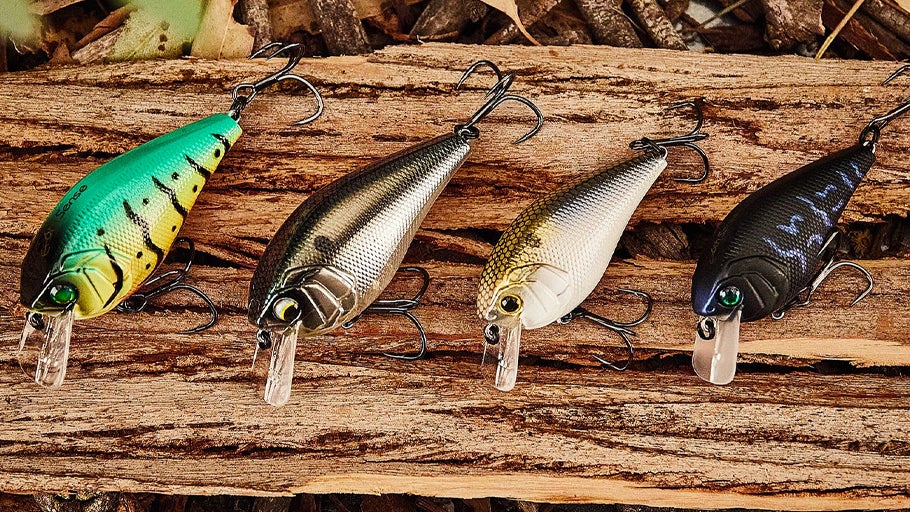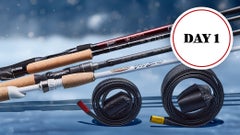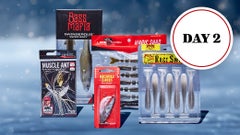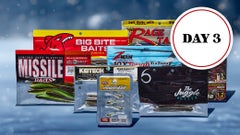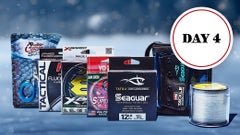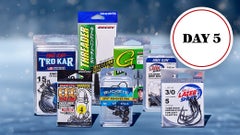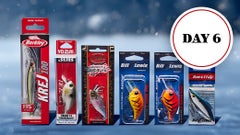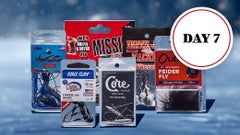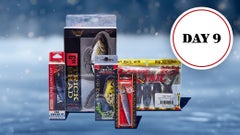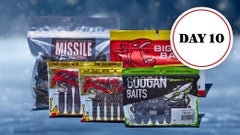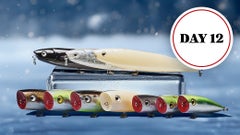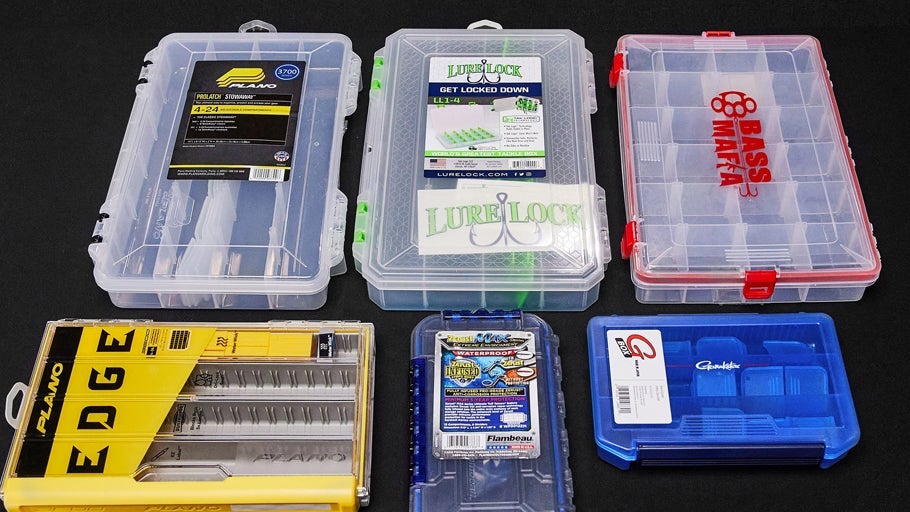
Lipless Crankbaits Gear Guide
The flat-sided, tight-wobbling, boisterous rattling action of the lipless crankbait makes it one of the best lures to locate and catch fish regardless of the season. There are few lures that provide the versatility of a lipless crankbait, as it allows anglers to target fish at all depths, in various kinds of water clarity, and in virtually any type of cover.
Over the course of a year, you will need to adjust your gear, retrieve, and fishing locations to stay productive, yet find the right combination, and it’s easy to see how the lipless crankbait offers a level of utility and big bass attraction that is unrivaled by other techniques. In this article, we will take a glimpse at how seasonal patterns may affect your retrieve style and gear selection, provide gear recommendations, and look at how anglers are modifying their equipment to stay one step ahead of the fish.
Yo-yo & Straight Retrieve
The beauty of a lipless crankbait is that you can get bites by simply tying one on, putting the trolling motor down, and casting toward the bank with a steady retrieve. But when the fish become less active, many anglers will vary their cadence or use a yo-yo style retrieve to get the fish to react.
When yo-yoing a lipless crankbait, make a cast to your target and let the lure fall to the bottom on a semi-tight line. Once your lure comes to rest on the bottom, lift your rod tip, reel up the slack you have created, let the lure fall back to the bottom, and repeat. Typically, most strikes will occur as the lure sinks back down.
Vertical Jigging & Slow Retrieve
As water temperatures begin to drop in the fall and winter months, many fish will move out into deeper water, and you may have to slow things way down to keep getting bites. The lipless crankbait can still be an effective way to catch these transitioning fish, but the ideal retrieve may be as slow as you can reel the bait to get it to vibrate, hopping your crankbait like a jig, or using your electronics to locate schools of baitfish and bass and vertically jigging your lipless crankbait.
Vertical Jigging & Slow Retrieve Lipless Crankbait Rods
A composite or glass rod in the 7’0” to 7’6” range with a medium to medium-heavy power and moderate-fast to fast taper is a great place to start regardless of the current season. This composition and taper will help compensate for the treble hooks on a lipless crankbait, absorbing head shakes and surges without tearing the hook points out of the fish’s mouth.
Vertical Jigging & Slow Retrieve Lipless Crankbait Line
If you’re yo-yoing a lipless crankbait off the bottom, chucking and winding over large swaths of open water, or slow-rolling over main lake points, fluorocarbon’s invisibility and low stretch make it the ideal choice. The size of your line will be dictated by the cover and size of your lipless crankbait, but something in the 8- to 20-lb range fits the bill, with 12 lb being the sweet spot in most cases.
Snap Retrieve
During the warmer spring and summer months, lipless crankbaits can be a great tool for locating and drawing strikes from bass sheltering in grassy cover. With new vegetation growing all throughout the lake, fishing a lipless crankbait can become frustrating, as your treble hooks have a higher tendency to snag and foul up. Don’t let the new cover discourage you, as oftentimes the key to getting bites is to make contact with the cover and snap your lure free as it starts to hang up. The erratic movement produced by snapping the lure free with a sharp stroke of the rod tip is known to trigger aggressive reaction strikes.
Snap Retrieve Lipless Crankbait Rods
Many anglers will switch to a graphite rod between 7’2” and 7’6” in length with a medium-heavy to heavy action and a moderate-fast to fast taper when the bite requires snapping your lipless crankbait out of vegetation. A faster-tapered graphite rod offers more power when you are trying to pop a lure free, where a glass or composite rod often provides too much flex and has a higher tendency to bind or lock up in cover.
Snap Retrieve Lipless Crankbait Line
As submerged vegetation starts to take hold in your fishery, the strength and abrasion-resistance of heavier 50- to 65-lb braided line make it the clear choice for exploring developing vegetation. The added power and no-stretch characteristics of braided line make it much easier to clear your hooks with this snatching style retrieve.
Lipless Crankbait Reels
Unlike some techniques that might require a wide range of reel sizes or speeds throughout the year, the requirements of a lipless crankbait remain fairly consistent from start to finish. A reel with a 7:1 gear ratio and a decent amount of line capacity is ideal, especially when you are fishing a lipless crankbait slowly like a jig in the fall or winter. You can even jump up to an 8:1 gear ratio when fish become more active, or when using a yo-yo style retrieve to help pick up your line quickly and remain in contact with the crankbait.
Modifications & Rigging
Changing out your treble hooks can really help when fishing lipless crankbaits, especially when it's tournament day. To increase overall performance, most anglers rely on short shank, extra wide gap (EWG) treble hooks in the largest size the bait can accommodate without them tangling. When fishing around wood and heavy cover, removing the back hook allows anglers to utilize a lipless crankbait in areas that are traditionally reserved for a squarebill crankbait. If you choose to remove one of your treble hooks, try attaching a swivel to the hook hanger and adding a willow blade for another element of attraction.
Colors
While common baitfish forage colors like shad-and shiner-imitations are effective year-round, there’s something about red craw colors during the pre-spawn that really gets fish fired up. Also, don’t overlook bluegill patterns as they become a more prominent food source in your fishery during the spring months. If the water clarity is really dirty, using a lipless crankbait with a hint of chartreuse can make all of the difference.



















































